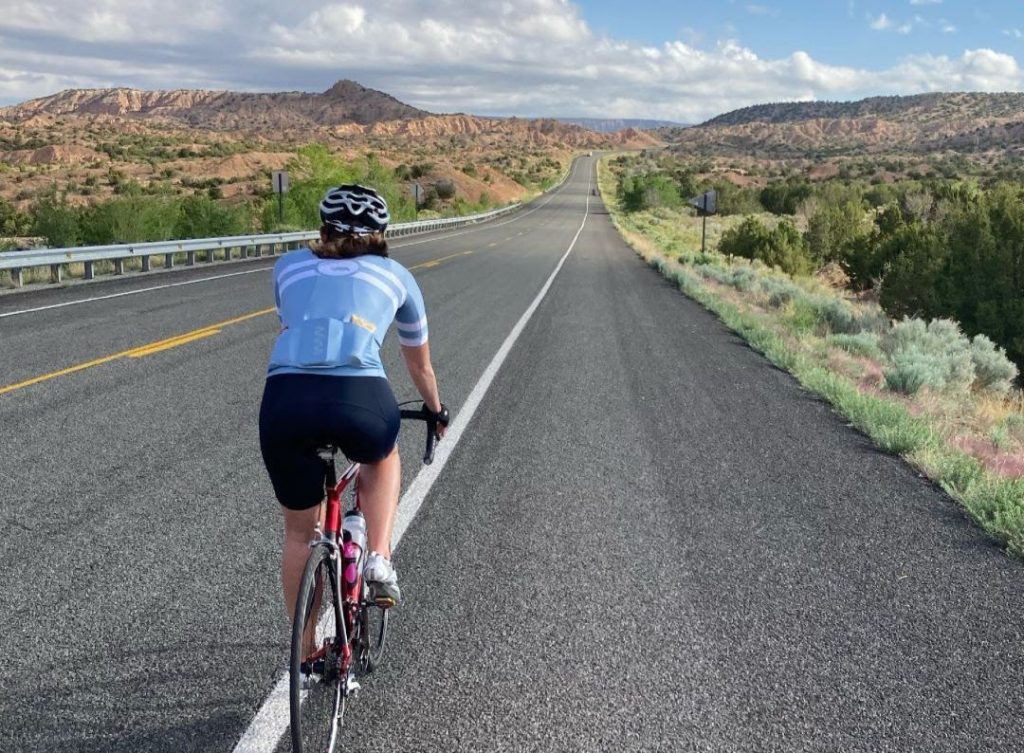Do you hear a popping noise or a snap sensation when you do certain movements with your hip?
If you don’t feel pain, you need reassurance first of all. It is fairly common and might even go away on its own. If you experience pain along with it, please see a specialist and possibly follow up with diagnostic imaging like an ultrasound or MRI
As an athlete though, you want to address the issue anyways to avoid possible complications later on. Snapping hip syndrome is associated with decreased strength of certain muscles and increased and often chronic tightness of others. Moreover, there is a higher risk of overuse injuries caused by the wear of the connective tissue.
THERE ARE THREE KINDS OF SNAPPING HIP
The snaps or pops can happen in 3 different areas of the hip:
-
Side of the hip: the large iliotibial band passes over the prominent bone called the greater trochanter, and when it is very tight, it can cause snapping. This can be triggered by running or climbing. It can lead to an inflamed IT band and all the symptoms associated with it.
-
Front of the hip: the iliopsoas tendons flip over each other. The two large tendons can become inflamed if not addressed and cause significant loss of strength in the front hip flexor.
-
Intra-articular: this can be due to a cartilage tear or labral tear of a loose body inside the joint. This is less common, and it is usually triggered by trauma. It usually is associated with pain and must be treated by a professional.
HOW TO PREVENT OR FIX SNAPPING HIP
The primary goal for preventing snapping hip syndrome is maintaining good flexibility and strength in the hip and pelvis. The good news is that if it is not painful, we can treat and prevent it ourselves with a few weeks of focus on the joint.
Here’s what to do for 6-8 weeks:
-
Myofascial release techniques to the surrounding tight muscles (professional sports massage, foam roller, lacrosse ball…)
-
Stretching exercises of the hip flexors, quadriceps, hamstrings, and iliotibial band to reduce muscle tightness. Find a routine of exercises that you can perform 4-7 times per week.
-
Mobility, strength, and pelvic stability exercises. Strengthening exercises for the glutes, hamstrings, pelvic floor, core, and hip flexors are helpful in controlling stability and reducing abnormal hip movement with walking or running.

About the Author:
Anna Ceruti is a lifelong athlete with a passion for the mountains and helping to facilitate each of her athletes to define and pursue their goals by providing the tools and knowledge necessary for self-actualization, confidence, and success at any level. Anna is a certified Nordic Ski Instructor and Coach and nutritionist. She teaches Cross Country Skiing, leads clinics, trains skiers, triathletes, endurance athletes, and is Nordic Coach for the Mammoth Nordic Racing Team. To schedule a free call with Coach Anna, click HERE,




